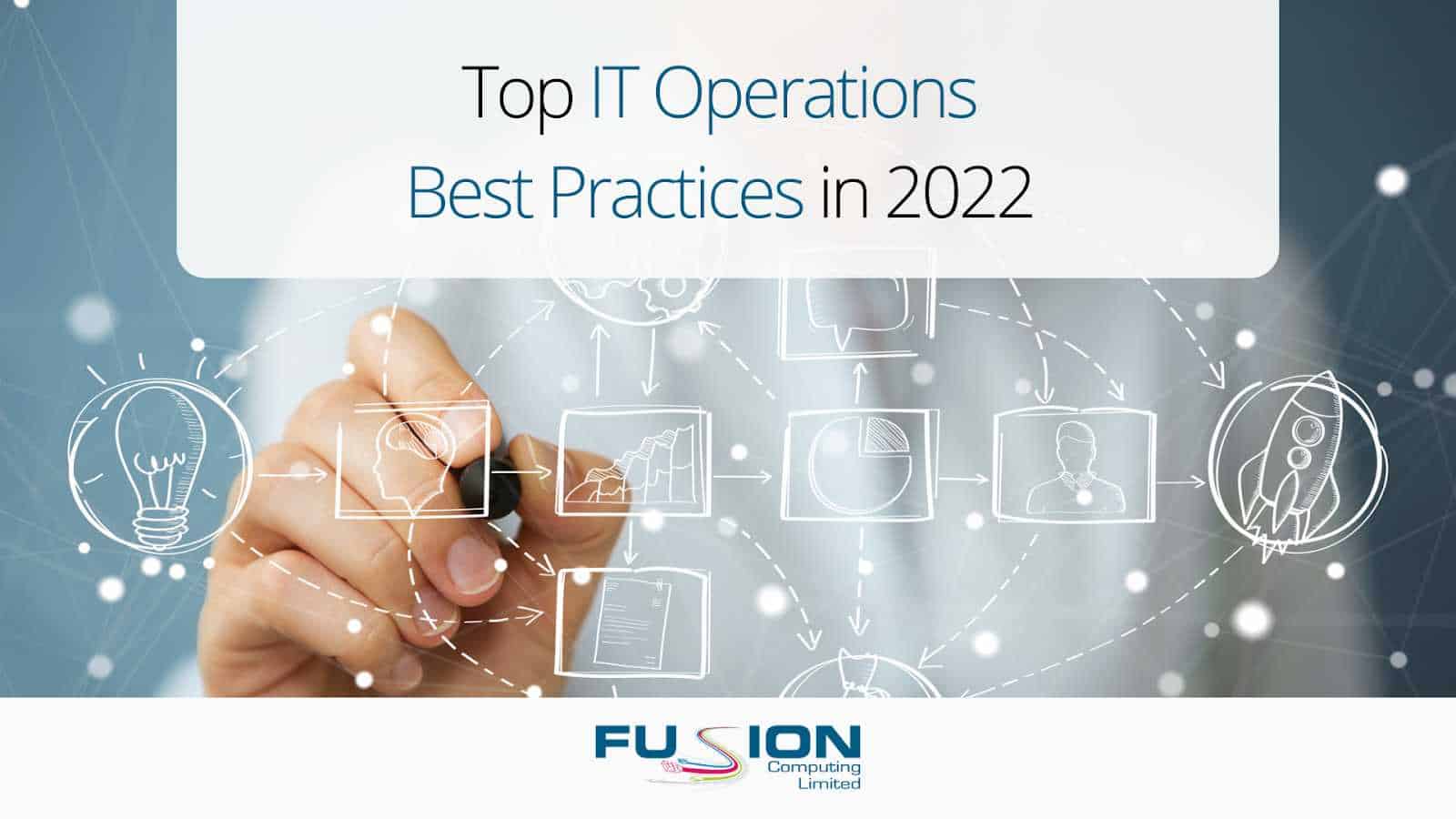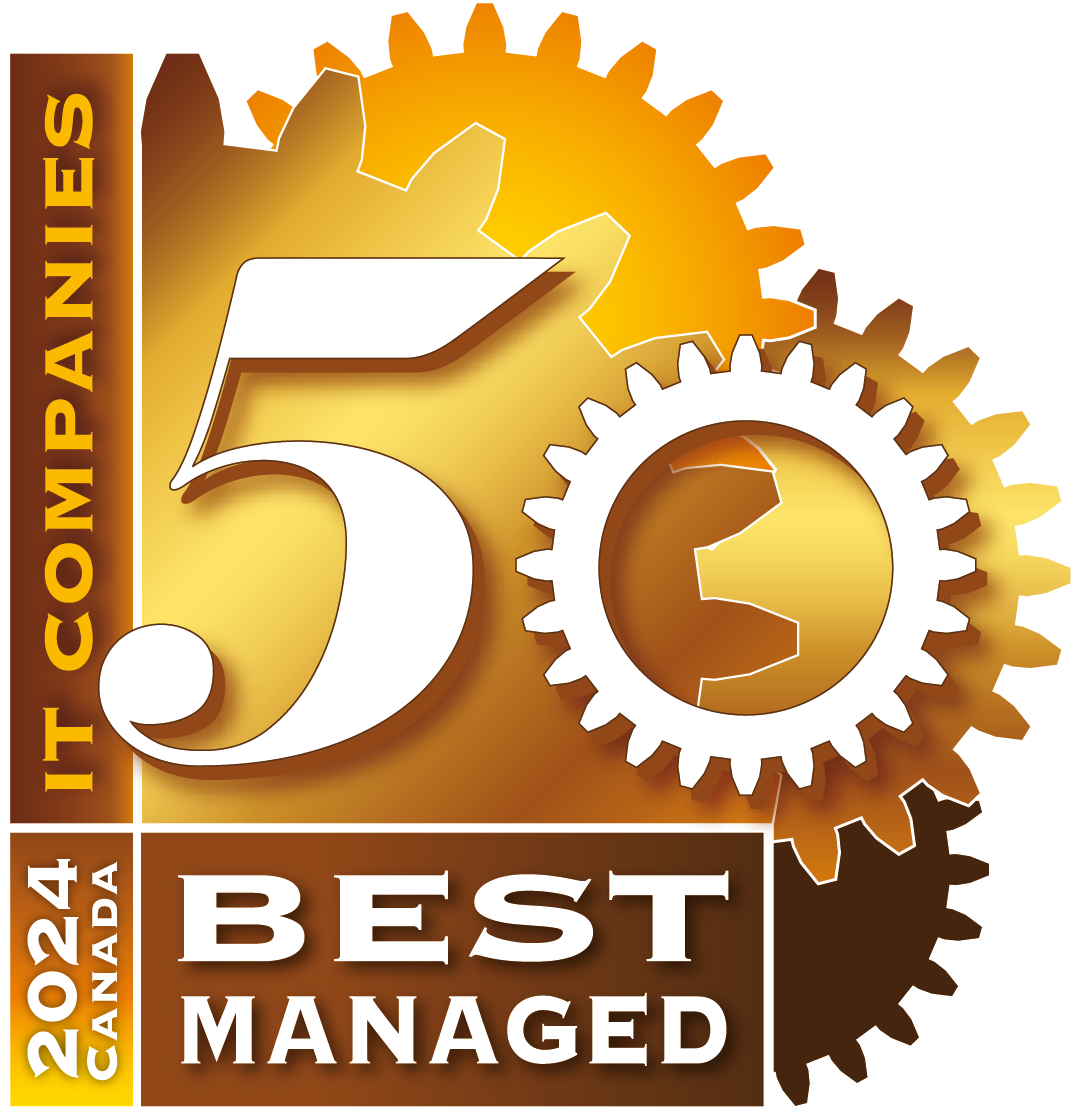2022 brings new challenges and opportunities in the world of IT operations. In this article, we’ll take a look at some of the top IT operations best practices that are shaping how businesses manage their IT.
We’ll also explore how businesses can prepare for these changes and take advantage of new technologies that will become available.
One thing is for sure: businesses that don’t adapt their IT operations strategies will find themselves at a disadvantage compared to those that do.
Not Sure How to Put Your Plans into Action?This is how you put together an IT strategy (and get your CEO to say “Yes!”) |
What Is IT Operations Management?
IT operations management (ITOM) is the process of managing and organizing all aspects of an organization’s IT infrastructure. This includes everything from network architecture and security, to systems administration and database management.
In short, ITOM is responsible for ensuring that all components of a company’s IT infrastructure work together effectively to achieve business success. There are a few key areas that are typically included in ITOM:
- Service management: This is the process of designing, delivering, and managing IT services. It includes everything from planning and budgeting to service level agreements and incident management.
- Infrastructure management: This involves managing all the hardware and software that make up an organization’s IT infrastructure. It includes things like servers, storage systems, networks, and applications.
- Security management: It’s the process of ensuring that an organization’s IT infrastructure is secure from threats. It includes things like identity and access management, incident response, and vulnerability management.
- Compliance management: This involves making sure that an organization’s IT infrastructure complies with all relevant laws and regulations. It includes things like data privacy and security, as well as industry-specific compliance requirements.
Consequences of Poor ITOM (and Why You Need to Follow Best Practices in IT Management)
Have you just onboarded a new technology only to realize it doesn’t really fit with where your business is heading? Is your IT staff spending hours fighting fires every day? Not having a well-organized and effective IT operations strategy can easily lead to:
- Routine system failures and increase downtime
- Rising IT costs
- Delay product launches and slow service delivery
- Open up vulnerabilities in your security framework
- Leadership that struggles to understand how IT is contributing to the business
6 IT Operations Best Practices in 2022 You Need to Know About
So what can you do to prepare for these changes? Here are six IT operations best practices that will be essential in 2022:
1. Look Past Aligning IT With Business Goals, Aim for Business Integration
“Align IT operations with business goals” has long been the war cry of CIOs. However, it’s no longer enough. In order to be successful in 2022, businesses need to integrate their IT operations with their overall business strategy. This means taking a holistic view of how IT can support and enable all aspects of the business, from product development to customer experience.
Doing this will require IT operations teams to work closely with other departments, such as sales, marketing, and finance. It will also necessitate a shift in mindset from thinking of IT as a cost center to seeing it as a strategic asset.
Call-Out/TipA great example is Apple, a company known for its innovation in product design. This is in part due to the fact that they have a very strong IT operations department that is closely aligned with their product development teams. Everything from design tools, collaboration platforms, and testing environments are focused on product development. |
By taking this approach, businesses will be better positioned to adapt to changes in the business environment and stay ahead of the competition.
2. Encourage Process-Based IT Operations Management
In order to achieve business integration, IT operations teams need to move away from a task-based approach to management and adopt a process-based approach. This means creating repeatable processes and workflows that can be used across the organization for managing different aspects of the IT infrastructure.
Processes should be designed with flexibility in mind so they can easily adapt to changes in the business environment. They should also be well documented and easy to understand so they can be followed by all members of the IT team.
Adhere to this IT operations management best practice not just to improve the efficiency of IT operations but also quality assurance.
This Needs to Be Part of All IT Process…AlwaysCyber security isn’t a one-time deal, you’ve got to keep it front and center every time. Learn if your processes support a secure organization. |
3. Deploy AIOps Tools
AIOps (artificial intelligence for IT operations) is a growing field that uses artificial intelligence and machine learning to help organizations optimize IT operations. AIOps tools can perform a variety of tasks, including:
- IT operations monitoring and issue resolution
- Performance monitoring
- Capacity planning
- Service level agreement (SLA) management
- Event correlation
Automated ITOM is allowing companies to optimize capacity better, migrate workloads, and implement more effective security information and event management (SIEM) solutions.
4. Get Ahead of IT Issues (Instead of Fretting Over Outages)
The ITOps team are no longer firefighters chasing the next event. With real-time IT operations monitoring, they are finding and fixing problems before users have a degraded experience.
In a product-focused world, ITOps will collaborate with the people who created the services—from the moment an issue is detected—to ensure that errors are identified and addressed quickly.
The best way to deal with outages is to have an effective incident response plan. Use monitoring tools that will help you detect issues before they cause an outage. By doing this, you can fix the issue before it causes major problems. This plan should include who to contact, what needs to be done, and how to communicate with customers and other stakeholders.
5. Make Scalable IT Infrastructure a Bigger Priority in 2022
As your business continues to grow and expand, it’s important to have an IT infrastructure that can scale along with you. If your IT infrastructure is not scalable, it will eventually become a bottleneck that prevents the rest of your business from growing.
Here are a few IT management and operational planning parables you’ve heard before (and will continue to apply long into 2022):
- Use cloud services – They allow you to quickly add or remove resources as needed, which makes them perfect for businesses that are constantly expanding and contracting.
- Invest in big data and analytics tools – By analyzing the data collected, you can identify trends and patterns that will help you with capacity planning, issue redressal, and more.
- Use containers and microservices – They allow you to break down your applications and infrastructure into smaller pieces, which makes them easier to manage and scale.
Simply put, the goal is ensuring your company has room to maneuver when the competitive landscape shifts, rather than waiting months or years for contracts to run out.
More Best Practices for IT Management |
6. IT Operations Management Best Practices, Not Just Buzzwords
Small and mid-sized businesses often have to make hard choices when it comes to investing and managing expectations. Digital transformation can be extraordinarily expensive (especially if you’re trying to do it in-house), and many of the ITOM goals we’ve discussed here can seem very cost-prohibitive.
Managed services providers (MSPs) help solve this problem by giving businesses access to expert project management, hardware, and solutions that make IT operations strategy easier to plan and execute — even on a budget.
If you want to stay ahead of the curve, it’s important to partner with an IT company that’s on the cutting edge. At Fusion Computing, we’re constantly innovating and experimenting with new technologies and methodologies to extract maximum value from them and deliver real value to our clients.
Want to find out how we help businesses like yours plan ahead and streamline operations? especially if you’re trying to do it in-house




